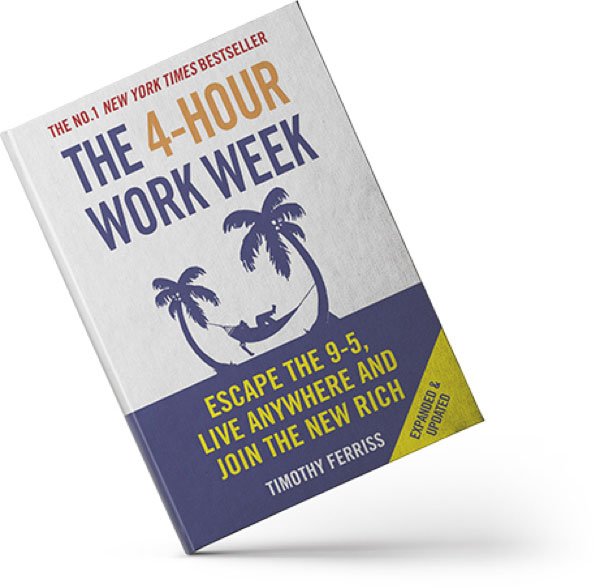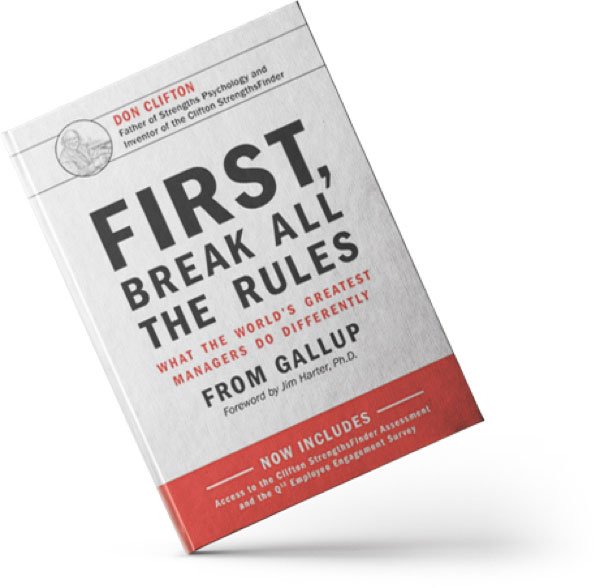Personal tax is constantly evolving as are the ways of managing what you pay, especially when it comes to tax efficient investing. Changing rules on capital gains tax, dividends, ISAs, pensions and allowances mean that strategies need to be revised on a regular basis, not just in line with regulation and the new tax year, but also your investment goals.
In recent years we have seen numerous changes in the rules, but we have also seen a number of allowances remain the same, rather than increasing in line with inflation, which effectively means it’s become harder to plan tax effectively.
But by making the most of the allowances available, individuals can get a good start to achieving longer-term goals.
Utilising Your ISA Allowance
The amounts that can be invested in ISAs remains at £20,000 per annum, unchanged since 2017. The returns, both income and gains, are tax-free and do not count towards the allowances available on other investments. This adds up, compounding over the years, so much so there are ISA millionaires in existence.
Putting the full amount of the allowance in at the start of the year allows the funds the longest time to grow, and they can later be accessed tax free if needed.
It could be worth considering setting up a Junior ISA for children and grandchildren as they have an allowance of £9,000 each. Bear in mind, any contribution to another person’s ISA (other than a spouse/civil partner) would be deemed a gift for Inheritance tax although there are exemptions which can potentially be used.
Pension Contributions
Tax relief on personal pension contributions is essentially “free” money from the government. If you can put in £80 and the government boosts this to £100. You have received a 25% return for nothing. If your income is around the £100K mark, you can also potentially save your personal allowance.
Pension contributions can also be made via salary sacrifice schemes, reducing your taxable income. Or if you’re an owner of a business, employer contributions could be made, saving the business corporation tax (pension contributions are tax deductible).
The maximum amount you could pay into pension is £60,000 currently and is one of the few allowances that experienced a recent increase, having been £40,000 from 2014 right up until 2022.
Thanks to tax relief for personal contributions, a £60,000 contribution would only cost £48,000 to your pocket, with higher and additional relief taxpayers getting further tax rebates through self-assessment. Your allowance can also be carried forward from the previous three tax years once you have fully maximised the current year’s allowance.
You have to be over age 55 (rising to 57 by 2028) to start drawing the pension at which point 25% is available tax free with the other 75% being taxable as income. This age restriction means for younger individuals, these can be longer term investments than others.
General Investment Accounts
After you’ve used the main two tax free allowances, where do you invest next?
Most people put any extra money in General Investment Accounts, sometimes just called Investment Accounts or Unwrapped investments. All this means is that there is no tax advantage account wrapped around the investments themselves, which also tends to mean they are flexible to getting money out when needed.
Taxation on GIA Accounts
Growth within the account will potentially be liable to Capital Gains Tax when the investment is sold – either to change funds or withdraw the money – as well as any interest and dividends that are received being taxable. These allowances have seen particularly disadvantageous changes for investors in recent years.
Capital Gains Tax is due on the growth of investments – in simple terms the current value less the amount you bought it for. The allowance for these gains was £12,300 in 2022 but we saw it halved to £6,000 in 2023 and more recently, £3,000 in 2024.
Alongside that, the dividend (produced from equity-based investments) allowance has been reducing. In 2017 it was as high as £5,000, then £2,000 in 2022, £1,000 in 2023 and a measly £500 now.
Personal Savings Allowance
Investments in a General Investment Account will produce some level of savings interest, similar to how a bank account does. The Personal Savings Allowance was introduced in 2016 and gives £1,000 tax free allowance for savings income to basic rate taxpayers, £500 to higher rate taxpayers and nothing to additional rate taxpayers. These rates haven’t changes since they were introduced.
Balancing Risk Alongside Tax Efficiency
Altogether, this means General Investment Accounts are being taxed more heavily than before. This can be off-putting for individuals who are particularly tax averse, leading them to making skewed decisions to avoid tax, mainly regarding the capital gains. There are 2 key situations to watch out for:
- Whilst it can be tempting to avoid rebalancing investments if it causes tax, the ongoing risk of your portfolio will probably be skewed. If it’s too high risk, you might not be comfortable with the market fluctuations. If it’s too low risk and growing slower than anticipated, you might not have enough money to meet your future financial goals. You’re also just pushing the tax down the road, rather than gradually paying it over a number of years.
- If you’re withdrawing from ISAs and pensions instead, you’re not avoiding the tax, you’re just paying it in a different way. Having less in a tax-free growth account and more in taxed investments means your overall portfolio is growing slower than it would’ve been because of the ongoing tax drag you see in the General Investment Account and the accumulating taxable gains.
If you want further advice on how to structure your investments, our Wealth team can help.
What Can You Do?
In the main, make sure to use all the allowances available to you and invest in as many types of account as possible. This means you’ll have the most flexibility in future when inevitably the rules change.
But above all, don’t let the tax make all the decisions for you.
If you want to explore how to better manage your investments, get in touch.




















